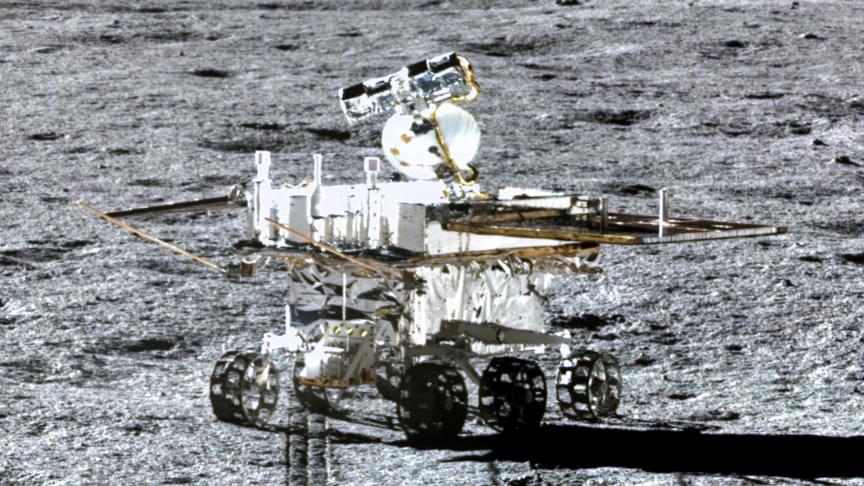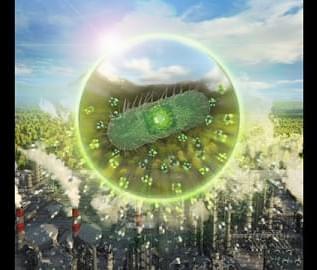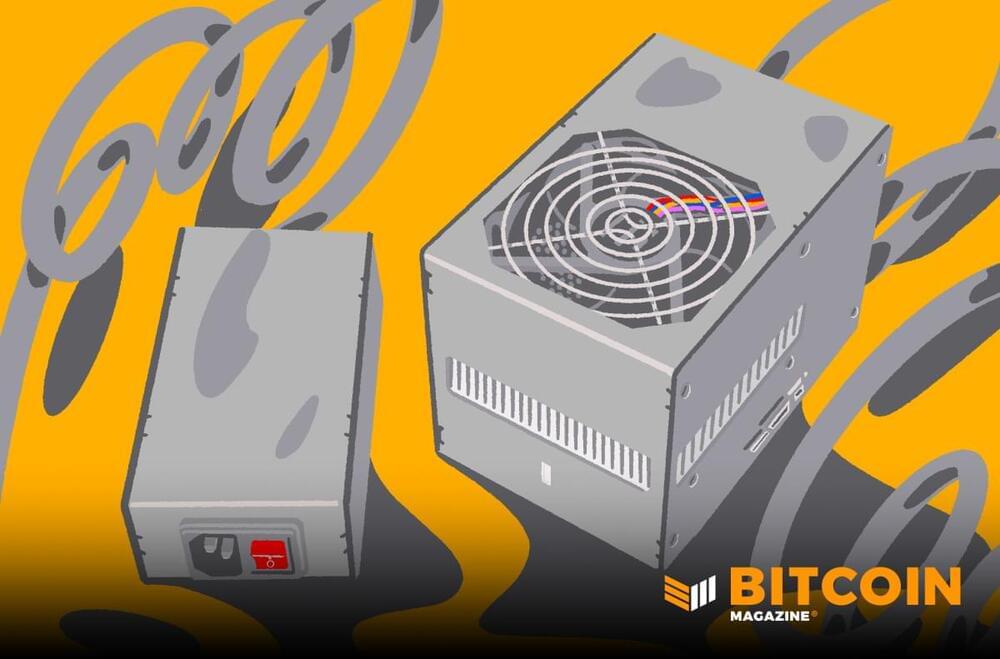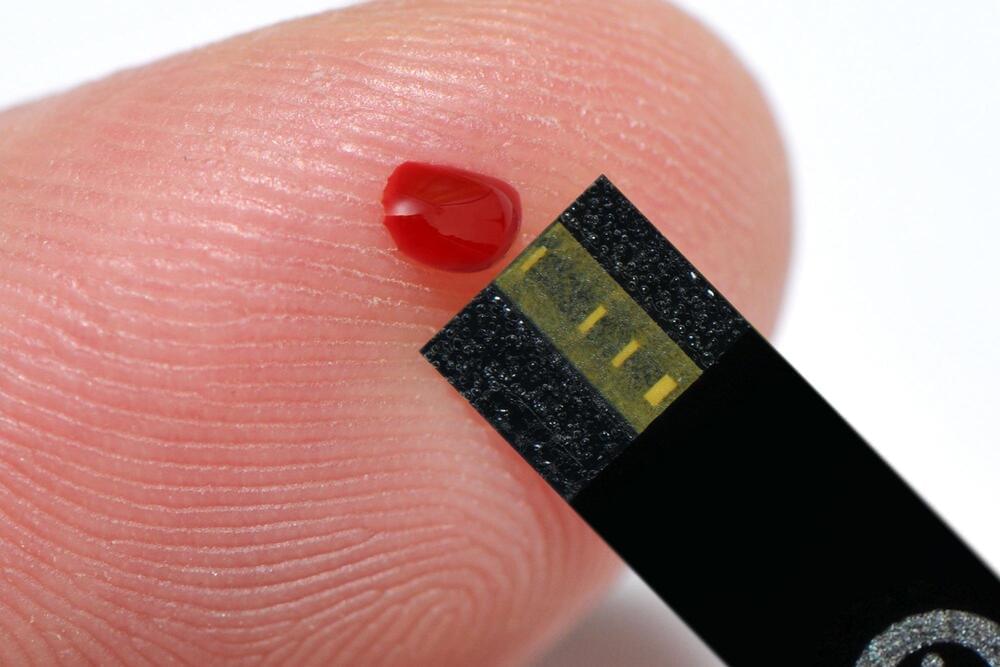Space Race 2.0 is heating up.
There’s no use denying it: Space Race 2.0 is heating up.
But while the focus remains on public-private partnerships in low-Earth orbit, space junk, and finally human settlements on the moon and Mars, a remnant of that original space race spirit is beginning to awaken: the push to explore the outer edges of our solar system, and beyond.
Last year, China announced it was developing a pair of spacecraft capable of exploring the very edge of our solar system. According to an official industry newspaper called *China Space News Friday*, the mission “Interstellar Express” promised the potential to enter interstellar space by the middle of the century.
Of course, NASA already did it.
‘NASA launched Voyager 1 in 1977, in addition to Voyager 2 a month earlier — two intrepid spacecraft that toured the outer solar system through the late eighties. Both spacecraft are now in interstellar space and still sending what data they can back, with most equipment shut down to preserve power. But NASA might not be done with deep space missions yet.
Glass isn’t uncommon on the Moon. But these spheres are.
China’s Yutu-2 lunar rover on a mission to find out more about the far side of the Moon has made a startling new discovery. It has found mysterious glass spheres that may have captured within them important information about the Moon’s composition and history of its impact events, * Science Alert* reported.
Originally scheduled to be operational on the lunar surface for just three months, the Yutu-2 now holds the record of being the longest operational rover on the Moon. When it landed in 2019, it became the first rover to reach the far side of the Moon and has since been providing us insights about the side we cannot see from Earth. Last month, we learned that the soil on the far side is a lot stickier, and now there is the mystery of the glass spheres on the Moon aren’t a new finding. But the nature of these spheres makes them interesting and possibly a gateway for future missions.
This guide walks you through setting up the FutureBit Apollo Bitcoin node and miner, letting you mine bitcoin at home within 15 minutes.
The researcher also told BleepingComputer that websites, such as LinkedIn, detect man-in-the-middle (MiTM) attacks and deactivate accounts after successful logins.
To overcome this obstacle, mr.d0x came up with a devious new phishing technique that uses the noVNC remote access software and browsers running in kiosk mode to display email login prompts running on the attacker’s server but shown in the victim’s browser.
VNC is a remote access software that allows remote users to connect to and control a logged-in user’s desktop. Most people connect to a VNC server through dedicated VNC clients that open the remote desktop in a similar manner to Windows Remote Desktop.
Billionaire Elon Musk has long been vocal about his ambitions for colonizing Mars – here’s everything we know about his plan.
Musk founded SpaceX in 2002 and since then has constantly reiterated one of his biggest goals is to help make humankind a multi-planetary species.
In order to achieve this otherworldly feat, the world’s richest man (at the time of publishing) turned his attention to the red planet, located approximately 33.9 million miles away from Earth.
There’s another thing that’s attracting talent at Big Tech companies to Web3: money.
According to data from Blind, a social network for tech professionals, bitcoin exchange Coinbase offers as much as $900,000 a year for software engineers.
Investment into crypto companies has surged, meaning they’ve got much more cash to spare on lucrative compensation packages for big hires. Blockchain start-ups raised a record $25 billion in venture capital last year, according to CB Insight figures.
The long-standing enigma of why so many patients suffering with high blood pressure (known as hypertension) also have diabetes (high blood sugar) has finally been cracked by an international team led by the universities of Bristol, UK, and Auckland, New Zealand.
The important new discovery has shown that a small protein cell glucagon-like peptide-1 (GLP-1) couples the body’s control of blood sugar and blood pressure.
Professor Julian Paton, a senior author, and Director of Manaaki Mãnawa – The Centre for Heart Research at the University of Auckland, said: “We’ve known for a long time that hypertension and diabetes are inextricably linked and have finally discovered the reason, which will now inform new treatment strategies.”









